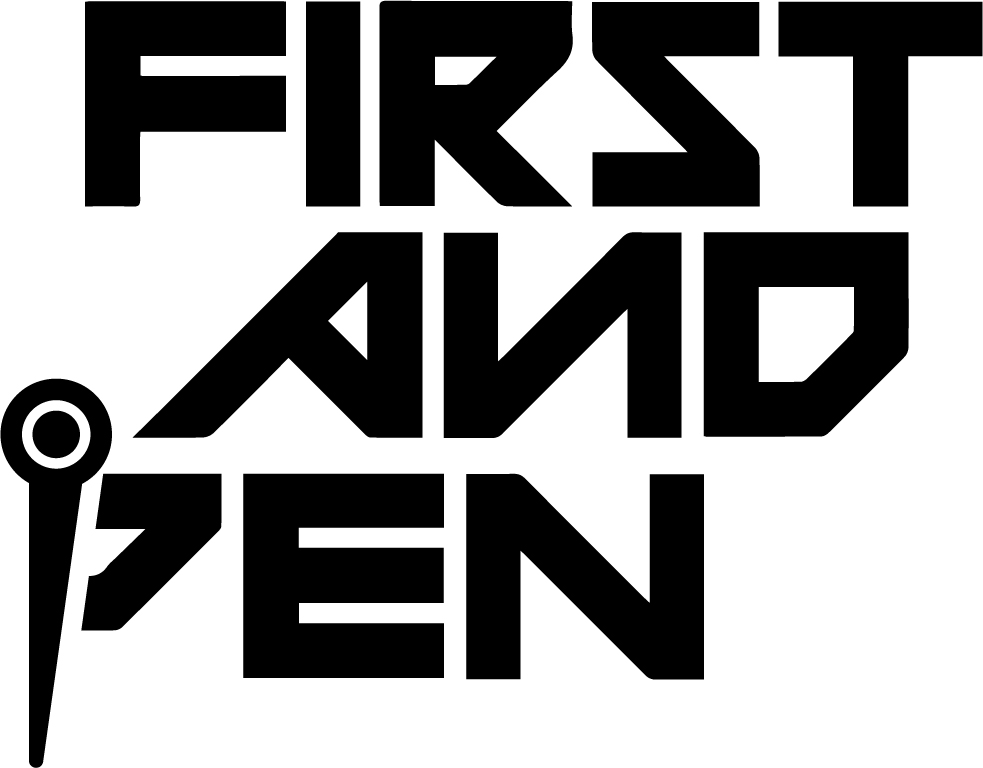HBCU institutions have received a wealth of support in recent years.
From donations and fundraisers to famous coaches and sponsorships, HBCU schools and their athletic programs have benefitted from a renewed emphasis on these institutions.
The University of Arkansas at Pine Bluff (UAPB) is one of those fortunate HBCU institutions.
In 2018, UAPB announced that Pine Bluff-based Simmons Bank was gifting the university $2.5 million for upgrades to its football and baseball facilities.
It was the largest gift in UAPB history and helped fund a new football stadium scoreboard and turf, and the baseball pavilion at the Torii Hunter Baseball and Softball Complex.
In 2008, Hunter, a 5x MLB All-Star and 9x Gold Glove winner, donated $500,000 to his hometown university to begin construction on the complex.
These are all great moments for UAPB.
But like most HBCU institutions, funding is a challenge for the university, and that holds true today.
In a story by The Arkansas Democrat-Gazette, the financial obstacles faced by the university were highlighted.
The athletic department, led by Athletic Director Chris Robinson, faces a deficit of approximately $3 million.
He’s forced to play a balancing act between addressing the department’s financial demands while improving UAPB facilities, expanding its offerings and becoming self-sustaining.
“To get to that point where our budget is, our school steps in and gives revenue from the school sent down to supplement the athletic department to help us work in a collaborative fashion,” said Robinson. “What I’m saying is, we want to be self-sustaining to where we become more of a money-producing entity to where we can play big games and be self-sustaining to send money to the other side other than the university sustaining us.”
This is an challenge many HBCU programs face.
Without the funding and revenue streams of bigger programs and departments, it’s hard to remain competitive and grow.
This isn’t a problem for the majority of FBS programs, where football essentially funds entire departments and ensures profitability.
Many of those athletic departments don’t need financial support from the schools.
And thanks to lucrative conference deals, sponsorships, sold-out stadiums and wealthy donors, many don’t charge a student activity fee to support their athletic programs.
Notre Dame, for example, has a long-standing media rights deal with NBC sports that pays them $15 million annually. Couple that with revenue from licensing deals, gameday sales and sponsorship revenue, and it’s no wonder why they don’t need the university to help cover costs for their athletic department.
The Fighting Irish is self-sustaining and actually uses some of the revenue to fund the school’s financial aid endowment for the general student body, doctoral scholarships in its graduate school and MBA scholarships in its Mendoza School of Business.
While funding for HBCU athletic departments has improved, it pales in comparison to what programs like Notre Dame can provide.
Like FBS programs, HBCUs rely heavily on their football programs to help fund the other sports programs, which is why “pay-to-play/money games” are so vital to their financial planning and health.
UCLA will play Alabama State $590,000 in 2022 and North Carolina Central $700,000 in 2023 to compete in “money games.”
UCLA football’s budget exceeds $37 million; Alabama State and NCCU field budgets of $3.5 million and $4.4 million, respectively, so these games are crucial for their financial security.
UAPB has money games on their schedule as well.
Last season they played the University of Arkansas and this season they’ll face Oklahoma State.
Those help but don’t resolve their financial woes.
The athletic department was projected to make $5.67 million but its operating budget is $7.25 million. This means they operate at a loss of roughly $1.58 million. Add this to the roughly $1.14 million they account for in the school’s educational and general budget, and you have the roughly $3 million deficit.
An additional challenge, according to Robinson, is that athletic funding for colleges and universities in Arkansas must be supported by private donations, so they can’t come from public sources.
That’s a severe hindrance for an institution that already faces deterrents.
Then there’s the matter of resources and amenities that coaches can offer potential recruits.
Deion Sanders can call on his friends like Troy Aikman to help support his program at Jackson State.
UAPB coaches don’t have that luxury as it relates to stipends, housing and training support.
Master P expressed this very concern when he withdrew his son Hercy from Tennessee State after disagreeing with the treatment he received for a basketball injury.
Tennessee State has 7 full-time medical staff members. But Vanderbilt and Tennessee, the two bigger universities in the state, have 37 each.
Yet it’s not all dismal for UAPB.
Many of their teams and athletes are doing well both academically and athletically.
Pine Bluff is also working diligently with alumni groups on donations to help close the gap and get closer to self-sustainment.
In addition, the school is $17,000 shy of the $1.6 million needed to begin the first phase of construction on a new soccer and track-and-field facility.
This facility will help with recruiting and add more revenue streams to the department.
So while the attention HBCUs are receiving is good, the need for more monetary support and financing for venues and resources is crucial to the future of these institutions and their athletics programs.











